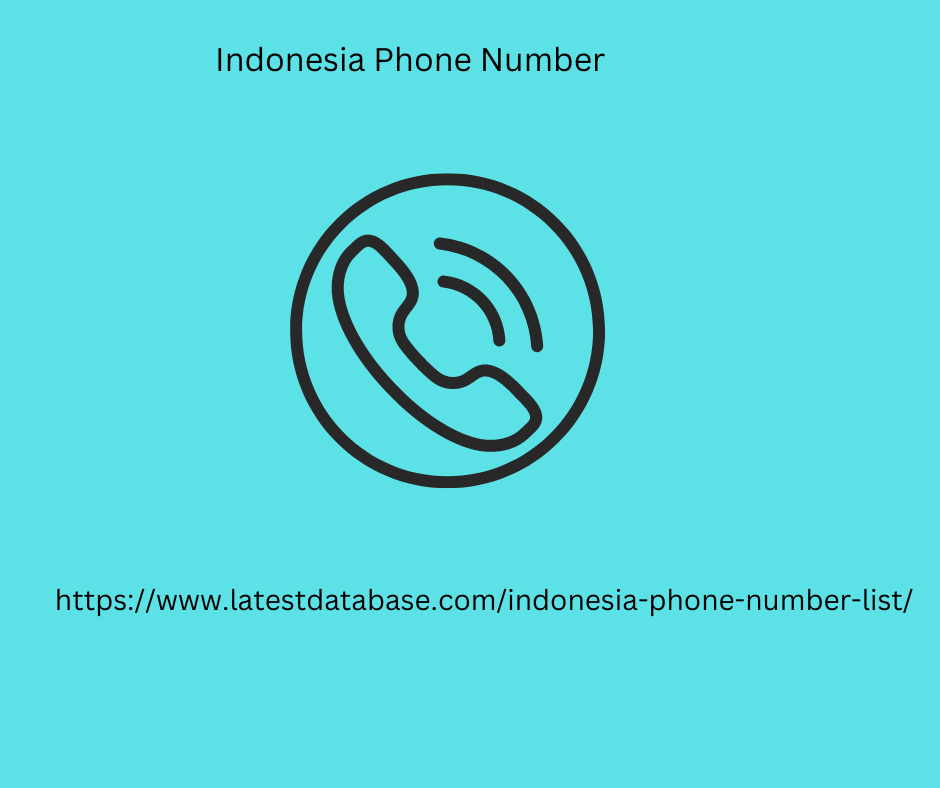|
|
Some processes exist not so that users can use them all the time, but so that they can be available at any time when users want to use them. () Reverse process: refers to the reverse process corresponding to the forward process. For example, when users operate a product according to the forward process, it is inevitable that they will make wrong steps. In this case, the product provides an operation withdrawal function.
In the e-commerce business, the user's after-sales process is a reverse process for purchasing goods. () Cover-up process: refers to the system's automated problem remediation process for core scenarios when other processes are abnormal. For Indonesia Phone Number example: for the bonus setting system, when the user forgets to set the performance reward amount for an order, our system can In the form of regular inspections, message notifications are sent to remind users to make timely replenishments.

Step: Organize system modules based on business processes Every business process requires the support of system capabilities. In this part, the product manager can brainstorm and list the most comprehensive product modules, without prioritizing product construction, and list as many as they can think of. For product modules we must meet the following standards: Enumerate them all, nothing important or missing Reasonable coupling In order to achieve the standard of "exhaustive enumeration, no duplication and no omission", we can use business.
|
|